A Beginner's Guide to Cave Photography
Caves are enchanting realms brimming with mystery and unique landscapes, offering an ideal setting for capturing unforgettable moments. Delving into caves allows you to blend your passion for adventure with the opportunity to capture the stunning beauty of nature in a single frame.
If you join a cave exploration for the first time, capturing images inside the caves may not have crossed your mind. However, you'll easily encounter beautiful surreal scenes during the cave adventure tour with Oxalis in Phong Nha. Therefore, prepare your camera or phone, as it can also effortlessly capture these masterpieces.
9 Cave Photography Tips and Tricks for Incredible Shots
Here are some tips for shooting in caves:
1. Choose the best time that you want to visit
Each season offers a different charm in caves. For instance, you might catch mesmerizing sunbeams in Hang En or Hang Son Doong during January or crystal-clear water in the summer.
Do your research beforehand to capture the cave's beauty at its peak. Remember, every season offers something special to photograph - it's all about what you prefer.
Sunbeam in Hang Son Doong.
2. Ask your guide for the best angle
Ask your guide if you're unsure how to get the best picture. They know all about cave interior photography, including pointy rocks, shiny crystals, unique stalactites, or stalagmites, and can show you the perfect spot to take a photo.
If you want to zoom in on something tiny or cave formations photography, like a sparkly crystal or a drip of water, your guide can help you. Especially if you're with Oxalis, our guides are trained to help with photos. So whether you're on your own or with a group, your guide can support you get some fantastic shots.
Tour guides show you unique angles to photograph dropping water in Hang Va.
3. Light Source Is Important
Oxalis will prepare lighting for you when entering the dark caves without natural light. In areas where stunning photography opportunities arise, Oxalis' team will illuminate the surroundings, allowing you to marvel at the cave landscape photography.
The breathtaking scenes will leave you in awe, enabling you to capture continuous snapshots. Additionally, our safety assistants and guides will offer cave photography lighting tips.
Use your phone's flash or try the "Night Mode" setting. These features help capture the cave's dark beauty and show off its shapes and textures. But remember to keep any extra lights you bring dry!
Safety assistants will set up the artificial lights to help you take pictures.
4. Wear brightly colored clothing
Wearing brightly colored clothing while taking pictures in a cave adds a vibrant pop to your photos and serves a practical purpose: standing out in the darkness. Against the dimly lit backdrop of the cave, vivid hues ensure you remain easily discernible, allowing your presence to shine through and enhancing the overall visual appeal of your captures.
If you haven't prepared long-sleeved trekking shirts in bright colors for your tour, you can visit the Oxalis Gear shop to select one or purchase directly at Oxalis Home in Phong Nha.
5. Bring a tripod
A tripod is essential for capturing sharp photos in the dimly lit cave environment, especially considering cave photography settings often require longer exposure. The darkness necessitates slower shutter speeds, which can introduce camera shake and blurriness.
A sturdy tripod will help keep your shots crisp and detailed, allowing you to focus on the fascinating cave formations. Please let us know if your camera stand or tripod requires additional support.
6. Protect your cave photography equipment
Caves are damp, muddy, and dark, which can trouble your camera gear. Be extra cautious not to drop your camera into water or onto rocks. Carry a couple of small hand towels to wipe your equipment dry if it gets wet or muddy.
Also, be prepared for condensation when leaving the cave, as the temperature difference can cause your lens to fog up.
Oxalis provides bags and boxes to keep your gear dry, including a dry box for your camera and electronics to protect them from water while wading or swimming. If you have a large camera or a long lens, let us know beforehand, as it might not fit into the dry box. We'll help you make alternative arrangements to keep it dry and secure.
Oxalis’s dry box to contain electronic devices.
7. Consider a phone or lens with a wide-angle
Caves are often vast, so a wide-angle lens can help you capture everything in one shot. Whether it's a particular lens or just your phone, going wide lets you show how vast and incredible the cave is.
8. Shooting with a Person
Consider including a person in your cave exploration photography to provide scale and depth. This helps viewers understand the size of the cave. For wider shots, having someone in the frame enhances the overall composition.
When incorporating a person in your photos, ensure they remain still to avoid blurriness, especially if using a longer shutter speed. Experiment with different poses and compositions to achieve the desired effect.
Alternatively, if you aim for creative effects, encourage your subject to move around within the frame. Trial and error will help you discover what works best for your photography style.
Shooting with a person in Hang Va.
9. Have lots of batteries for multi-day tours
Bring plenty of batteries if you're going on a tour that lasts more than one day. That way, you won't run out of power for your camera and miss out on capturing all the fantastic underground photography.
Caving comes first, photography second
Before even thinking about snapping pictures, grasping the challenges lurking within caves is crucial. You're navigating through a terrain that mixes rocks and soil.
That's why, if you're considering cavern photography, you've got to prepare yourself. Here's what you need to keep in mind:
- Start with a cave tour suitable for beginners.
- Get yourself in decent shape; expect some moderate physical activity.
- Prepare by exercising regularly beforehand.
- What to bring and wear: Wear long pants and trousers, trekking shoes, and safety gear, such as a helmet, headlamp, etc., which will be provided by the tour.
Learning how to navigate through caves and be in good health and physical condition is essential before you even consider grabbing your camera. Otherwise, you might damage your gear—or worse, yourself.
Cave Photography Do's and Don'ts
- Safety First: Briefly mention the importance of staying with your group and having multiple light sources. Always wear a helmet while inside the cave to ensure safety.
- Respect the Cave: Emphasize following guide instructions and respecting the cave environment (touching formations is a big no-no).
- Leave No Trace: Briefly discuss proper waste disposal to preserve the cave.
- Wear appropriate clothing: For exploring caves, avoid dresses or bikinis for photo shoots.
- Don't spend too much time taking photos: Doing so may cause your group to become separated or delay the tour for others.
Private Cave Photography Tour with Oxalis
Capture the beauty of Son Doong and other stunning caves with Oxalis's private cave photography tours. Our dedicated team of porters is here to assist you in transporting your photography gear.
For more information and booking inquiries, please contact us at:
- Website: https://oxalisadventure.com/
- Email: [email protected]
- Hotline: 0919900357
The Oxalis Experience.
Whether you prefer long treks, camping in a cave, sleeping under the stars in the jungle, swimming underground in river caves, explore the huge dry caves or just taking an exploratory day trip, Oxalis Adventure Tours can provide the right amount of adventure just for you.








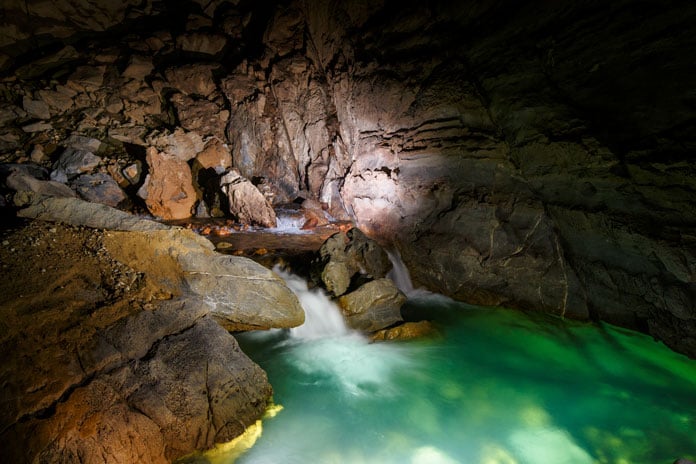
__637740499994967442.jpg)
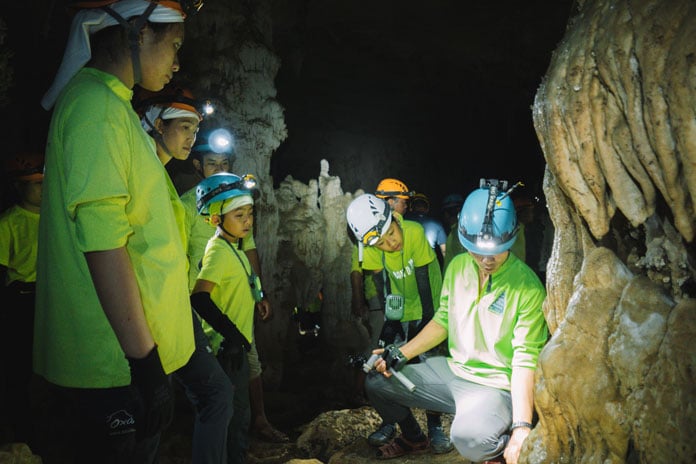
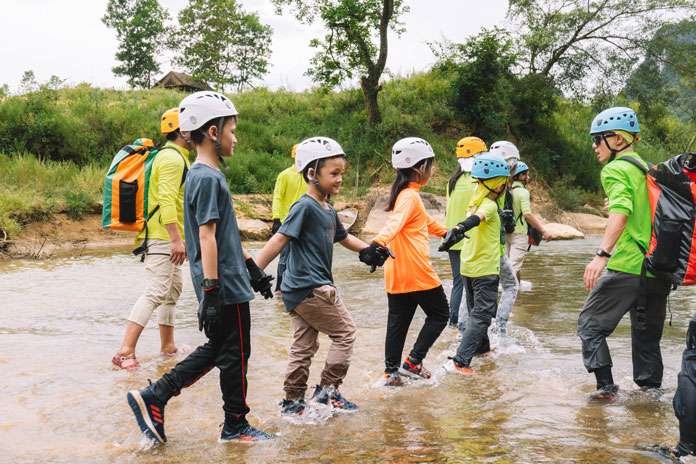
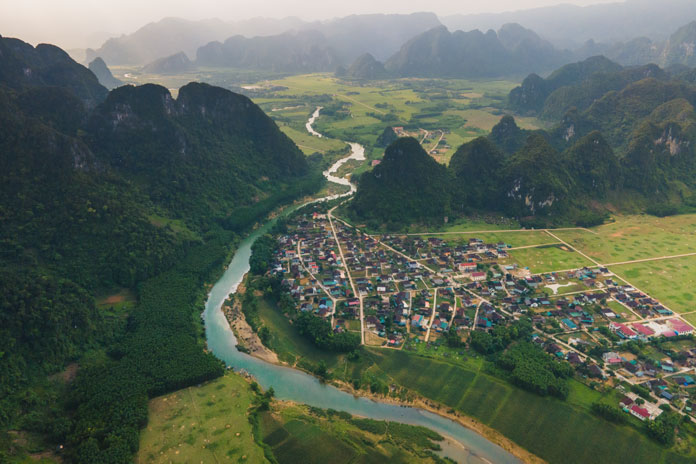
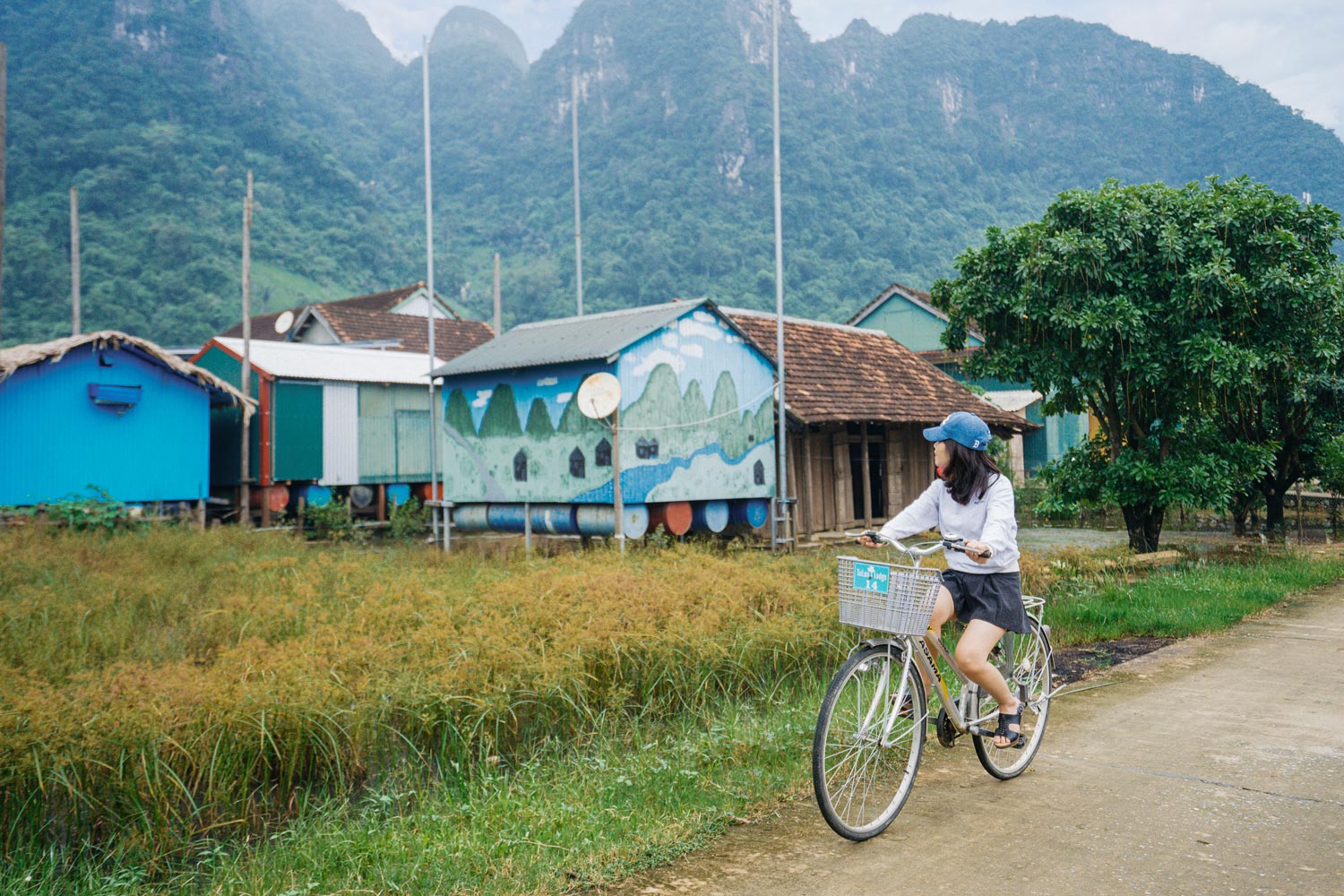
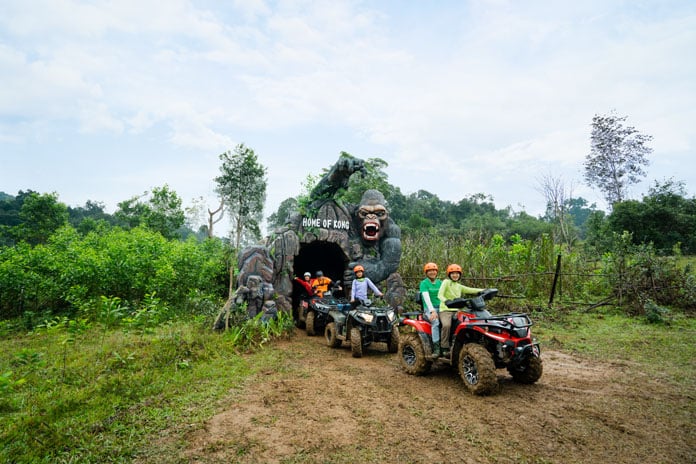
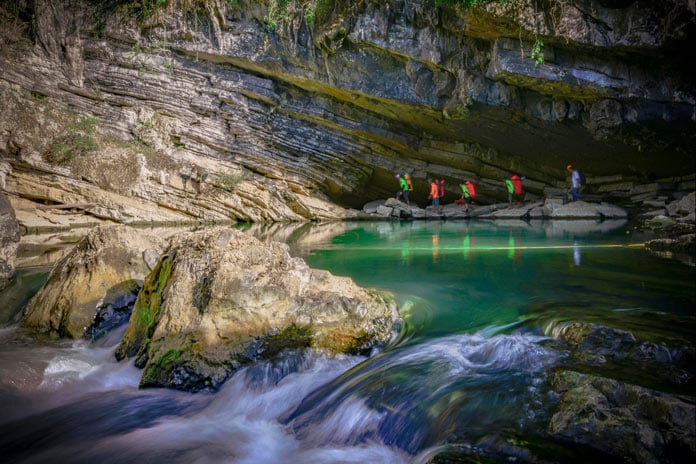
__637051767008903435.jpg)
__637051765075307793.jpg)
__637051774329206026.jpg)
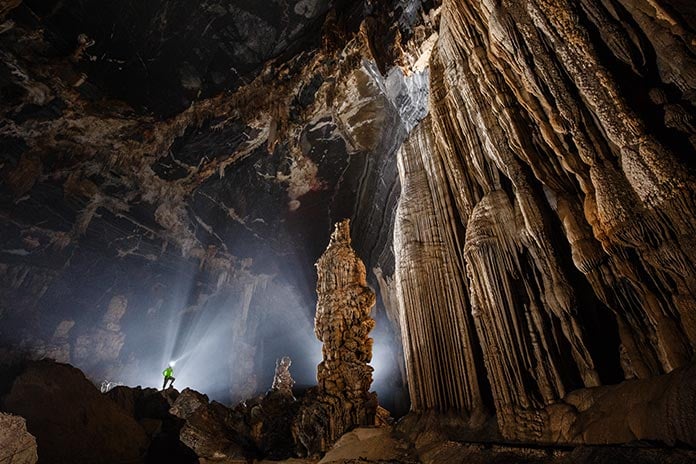
__637051782550081035.jpg)
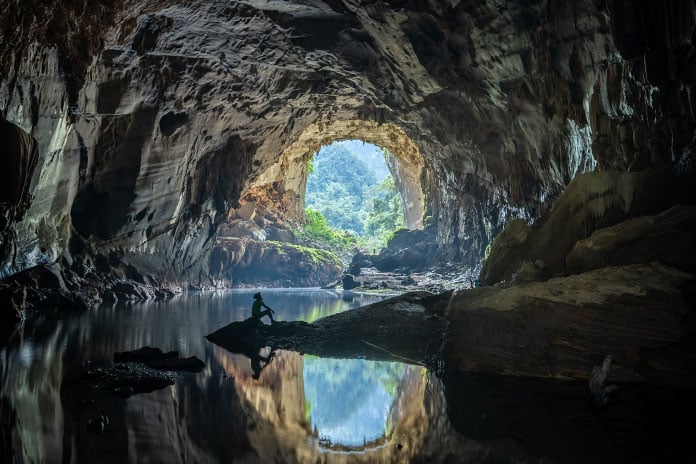
__637051777074859032.jpg)
__637051780703588520.jpg)
__637051781488596056.jpg)